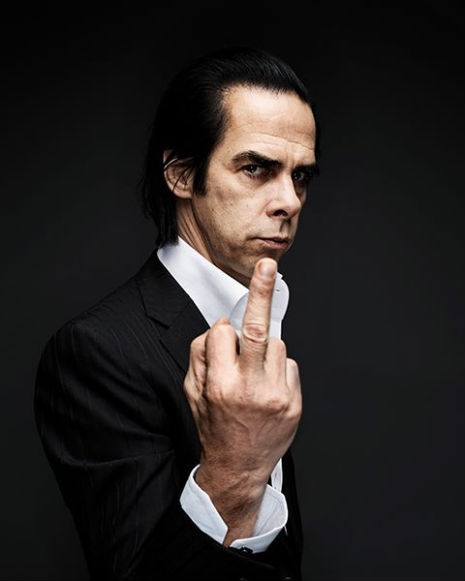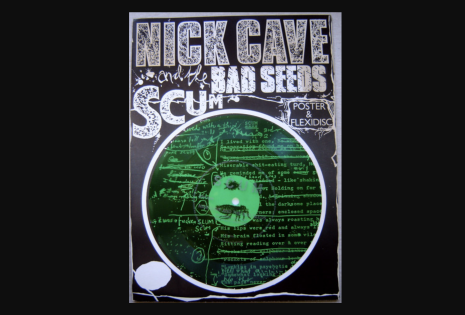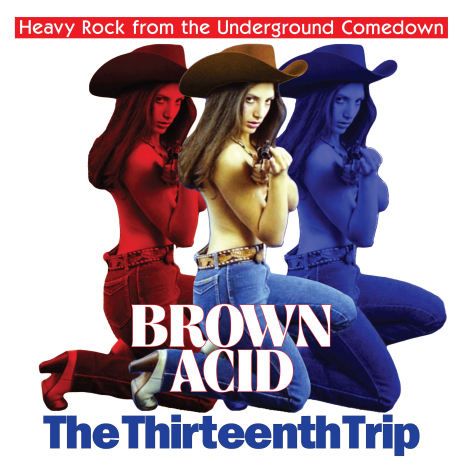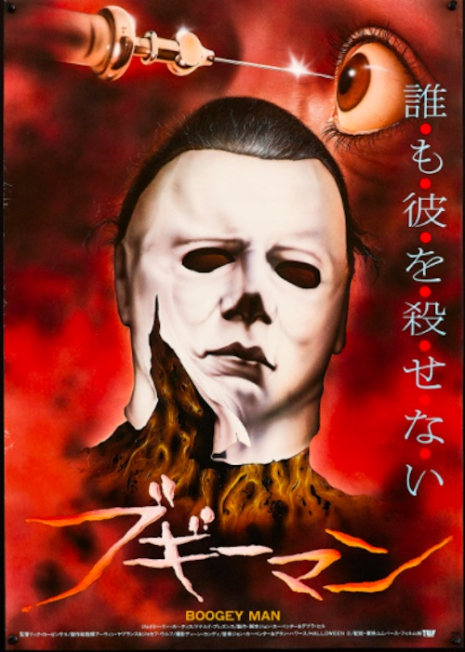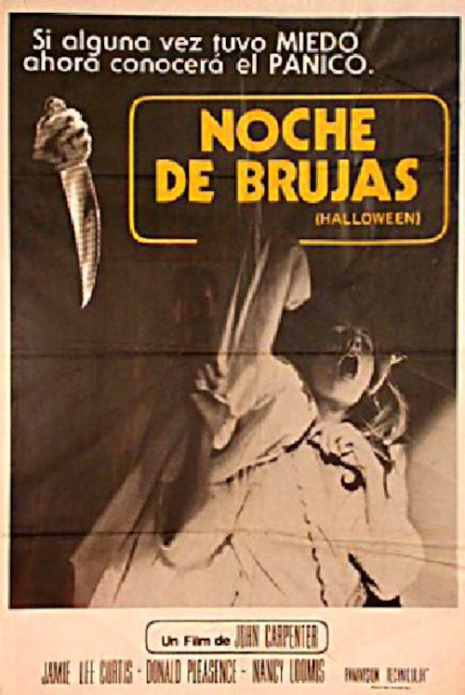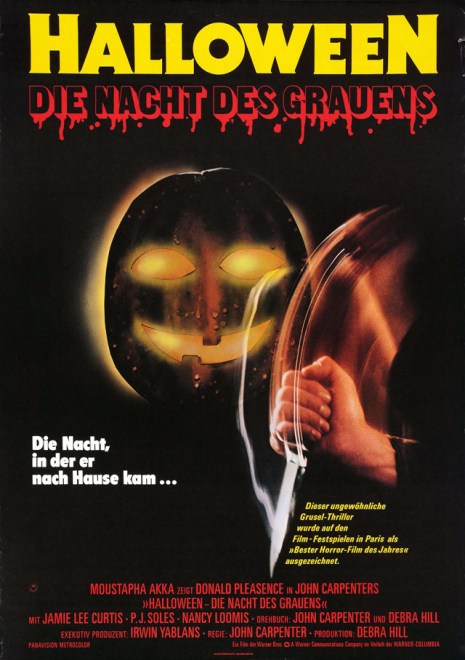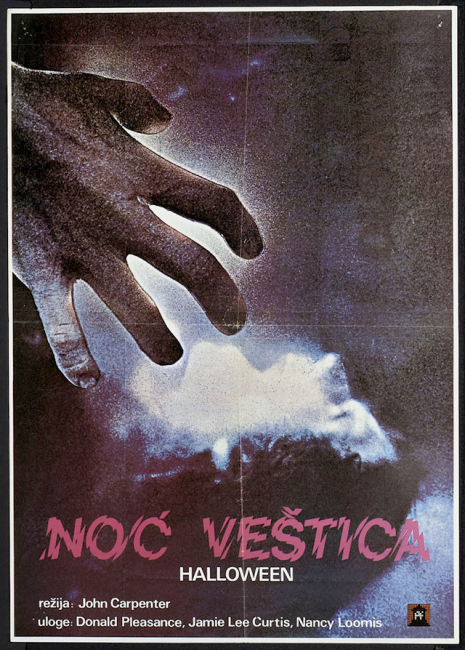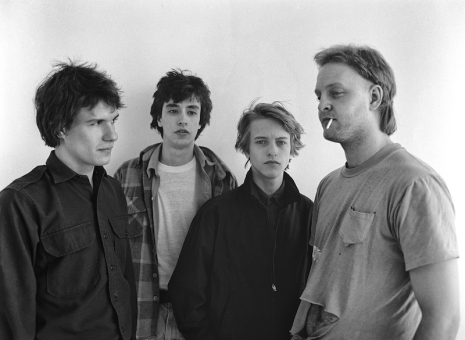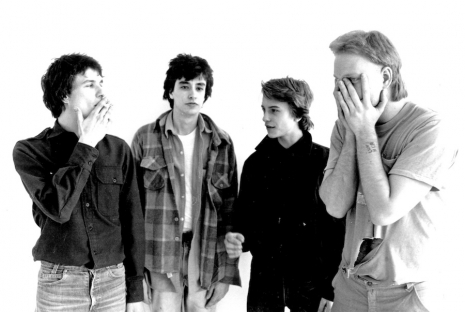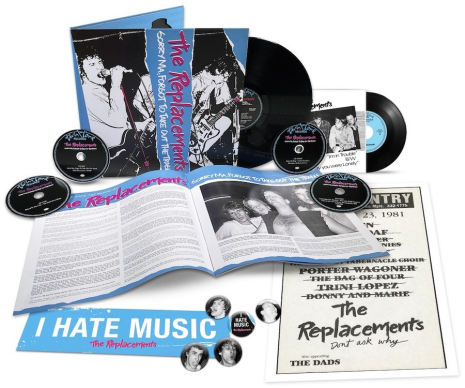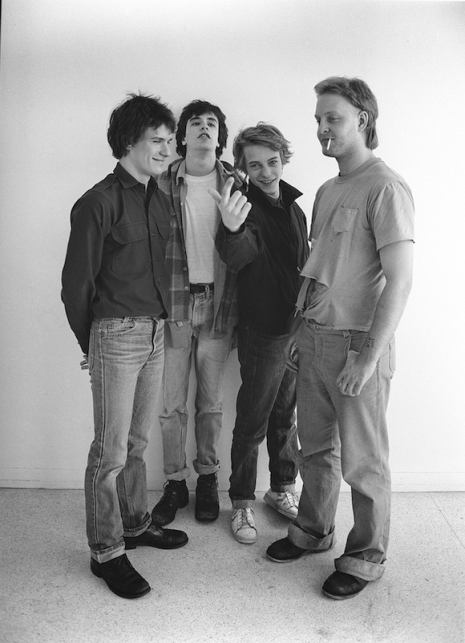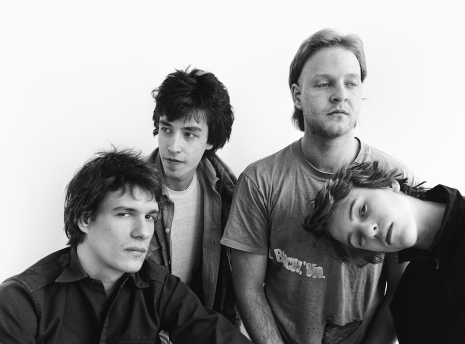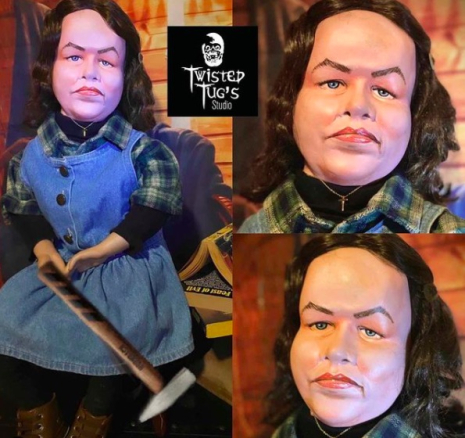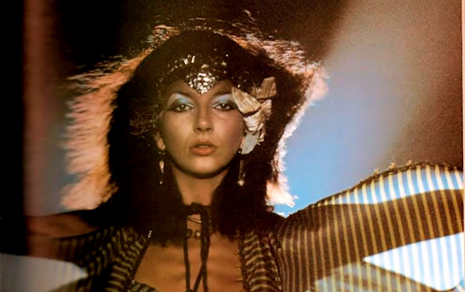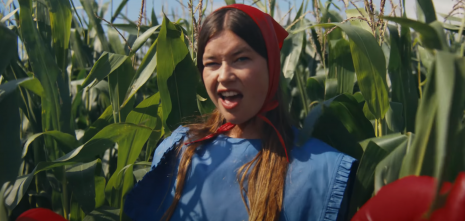
Gerald V. Casale and Josh Freese in “I’m Gonna Pay U Back,” directed by Davy Force
With the human species seemingly hurtling toward the center of a body-pulping, dream-pulverizing vortex, Dangerous Minds sent one of its bubble-eyed dog boys from the recombo DNA labs in the Valley for a briefing from Jerry Casale. DEVO’s chief strategist, film director, songwriter, singer, and bassist shed light on our dire predicament as few others could. He also discussed his new solo music video, “I’m Gonna Pay U Back,” and revealed his plans for its upcoming 3D sequel, “The Invisible Man,” news that is balm for our awful hurt. A lightly edited transcript follows.
How was the tour, from your point of view? One of the high points of my year for sure was seeing DEVO again.
Where did you see it?
At the YouTube Theater at SoFi Stadium in LA.
You know, that’s an amazing amphitheater. It’s kind of a replacement for the wonderful amphitheater we had that we used to love playing at, that was ripped apart for Harry Potter rides?
The Universal Amphitheatre.
Up in Universal City. So this one kind of approximates that in architectural style, in the stage, in the sound, so, yeah, good venue. They don’t have their management together, that’s for sure. It’s overbearing; in these COVID times, they had so much security going on, it was like warring kind of TSA factions or something. But I thought the show went pretty well.
Well, for a guy like me, Jerry, I guess it’s the closest thing I have to a religious ceremony in my life, that Booji Boy, no matter how many times he dies, keeps coming back to sing “Beautiful World.”
[Laughs] It was hardly a tour, however. It was three measly shows. So, yeah.
I know. I wish there had been more—
Me too.
—but I’m grateful for what I get.
Well, if it were up to me, there would be a lot more.
Is that across the board, in terms of recording and touring and all that stuff?
Of course, of course. I mean, obviously, I founded the band, and I remain as excited and true to the concepts and principles of the collaboration and the experimentation as I was in 1977.
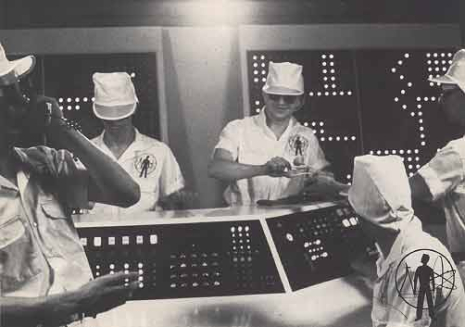
DEVO in the lab, 1979 (via DEVO-OBSESSO)
Dean Stockwell just died, and I know he was an early champion of the band, so I wanted to ask about your relationship with him. But I also wanted to ask about this weird phenomenon that DEVO seems always to have been, like, one degree of separation from the Black Mountain poets, and I think of Dean Stockwell as being part of that too, since he was friends with Robert Duncan. So if you could talk about that a little bit.
Yeah. Where do we start there? First of all, with Dean Stockwell, he was part of a group of kind of the outsider artist, [Topanga] Canyon people. I mean, he had been with Toni Basil, they were close friends with Neil Young, Dennis Hopper—there was a whole little universe of people there, actors, musicians. So when Toni Basil came to see us play at the Starwood in the summer of 1977 in Los Angeles, and converted, flipped out, she turned Dean and Neil Young on to us. And they, in turn, became very excited and became advocates, and, you know, insisted that we appear in Neil’s movie.
Neil was in the process of that movie [Human Highway] that kept morphing in terms of what it was, and what the message was, and who would act in it, and what the plot was, and we were involved in scenes in that movie early on, and many of the scenes that were shot were then jettisoned, because the whole idea of the movie changed, and it went on for another two years. And that culminated with us doing this vignette inside the movie of being disgruntled nuclear waste workers in Linear Valley, which was a fictitious valley in the film, and we were singing “It Takes a Worried Man” while we loaded leaky barrels of nuclear waste onto the truck and took them to the dumpsite. And that was an idea I’d thrown out that Neil liked, and he gave me his crew, basically, he let me direct that sequence. He gave me the funds in the budget to do a loading dock set, and used his truck—he actually owned that truck—and he made us the uniforms and the custom helmets with the breather packs that went into our noses.
So it was fantastic shooting 35 millimeter film, doing this whole thing that I thought was going to appear intact inside the movie. But of course, no; it was then decided upon some kind of editing whim to chop it up and make it a through line, and keep coming back to it throughout the movie, so it really made no sense [laughs]. But the movie made no sense. It’s an amazing piece. Certainly had a lot of talent behind it and a lot of budget behind it.
What’s funny is, although this never happens, the subsequent re-editing, re-editing, re-editing, new director’s cut, new director’s cut—the last thing that Neil ever did to it was actually the most cohesive and the best, and worked the best. And he also collapsed the movie so it wasn’t some sprawling, two-hour bit, you know, it was concise. And it just suddenly made more sense [laughs], believe it or not, which never happens when people go back and rework something over and over, they keep going down a rabbit hole. But I actually liked it, and I got to speak at a couple of these screenings he had where there were Q&A from the audience about the making of it. So yeah, it was great.
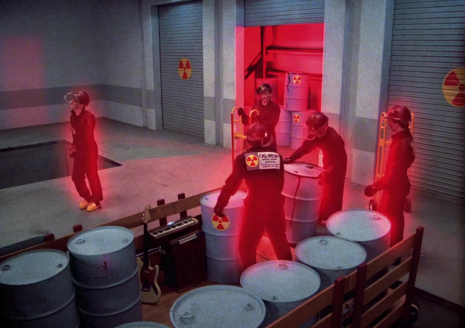
DEVO shine as nuclear waste workers in Neil Young’s ‘Human Highway’ (via IMDb)
Back to the Black Mountain thing. It started with a poet, Ed Dorn, who had come to the Black Mountain school, he was a poet that liaised with all those poets that were famous at that time, from City Lights—
Ferlinghetti?
You know, like what was his name, somebody Giorno…
John Giorno.
John Giorno; of course, Allen Ginsberg; all these poets. And they had been part of this cadre of people of like-minded sensibilities that started as Beats, basically, in the Sixties. And Ed Dorn became a professor of poetry, English lit, at the University of Boulder, and he had gotten a, whatever it’s called, a guest professorship at Kent State University on the heels of the killings at Kent State. So he came in the following fall on a visiting professorship, set up in a house off-campus.
And immediately, you know, all the academics and hipoisie intelligentsia that were outsider people at Kent State—‘cause it was a tight-knit group of people who didn’t fit into the MBA, fraternity scene, right? We were the artists, we were pursuing fine art programs, pursuing MFAs in English literature and so on—we, of course, gravitated to Ed Dorn, he was a great guy. And Bob Lewis and I, who was an early colleague and, pre-DEVO the band, had, with me, created these DEVO concepts of de-evolution, and I had been applying it to visual art and he had been applying it to poetry, we hung out with Ed in 1971, ’72, and we were spewing all these theories to Ed, and Ed found us completely entertaining, you know, like, these strident kids think they reinvented the wheel. The ideas weren’t foreign to him at all. So he would say, “Oh, if you think that, here, read this!” and “Oh, well by the way, so and so said this!” And he just egged us on.
So he gave us the ammunition. And then Eric Mottram came in that following year from Kings College in England, and he had been friends with all these people, and he had been teaching their works at Kings College in England, and he was a quote “lefty” intellectual. And he brought in people like Jeff Nuttall, who had written Bomb Culture.
So it was just this big lovefest of wonderful ideas and concepts, where you’d been thinking things, other people across the world had been thinking things, and there was this beautiful synchronicity, right? Who knew this could happen at Kent State University? And half of the reason it happened is ‘cause of the killings, and the reaction to the killings, and people banding together, like as a survival tactic, against this pending fascism and Nixonianism. So there’s a long, convoluted answer to your short, concise question.
MUCH more after the jump…







